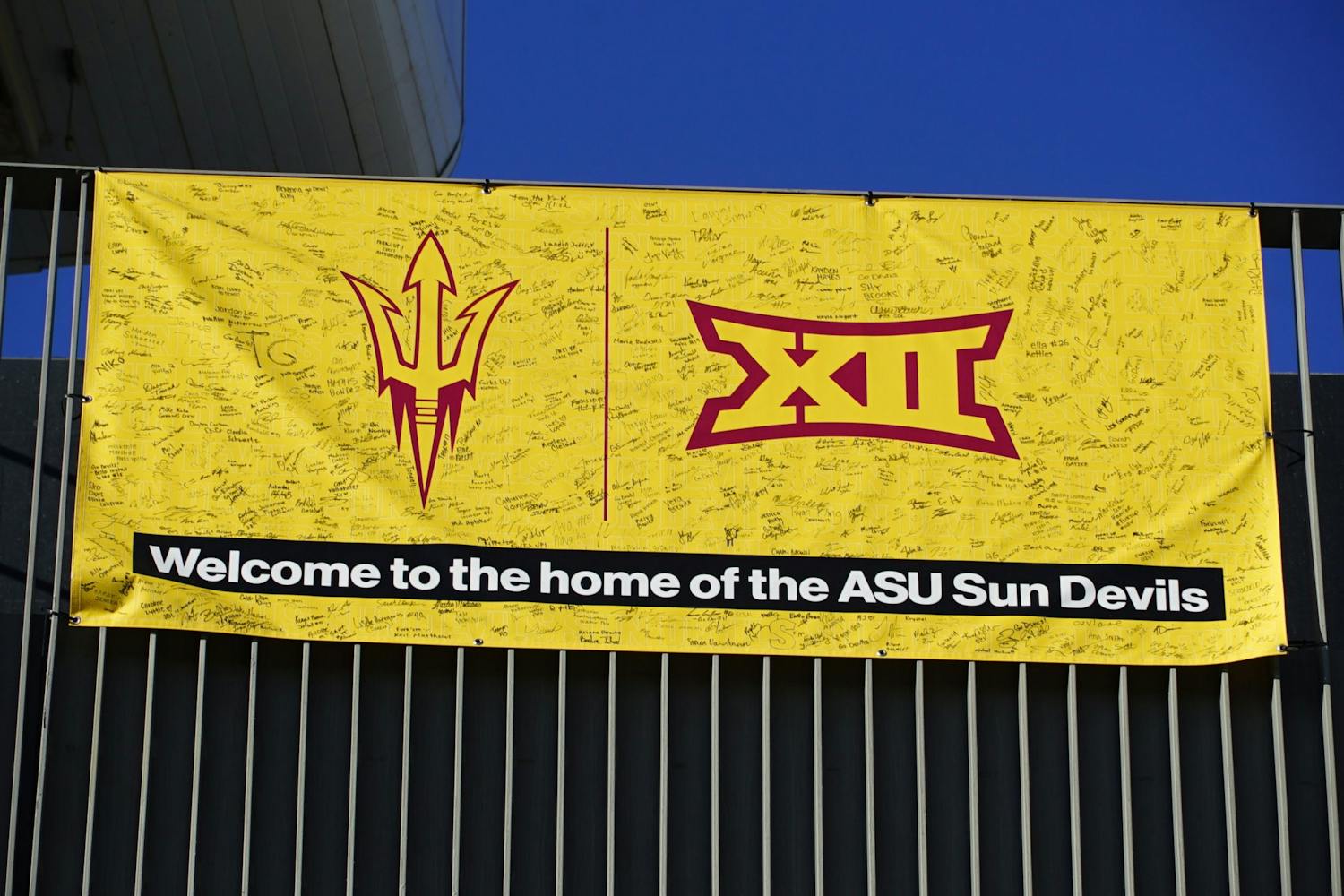ASU’s partnership with NASA continues to provide useful insight on the history and makeup of Mars. A team of ASU students and researchers are using the Mast Camera, or Mastcam for short, on the Curiosity rover to examine rocks and minerals for signs of water.
Tanya Harrison, a former Mastcam team collaborator, helped test the durability of the Mastcam and wrote some of the coding to command the machinery prior to joining ASU.
“It’s basically the color eyes of the rover,” Harrison said.
The Mastcam has a 34mm lens that offers a wide-angle view and a 100mm telephoto lens that gives observers a zoomed-in look at the rover’s surroundings.
Both cameras sport “filter wheels,” which allow operators to switch between filter settings and view Mars through normal lighting or specifically targeted wavelengths.
“We can slip off different filters that give us very kind of rudimentary ideas of the composition of the rocks around us,” Harrison said.
Researchers are focusing their efforts on looking for signs of water on the red planet.
“We can look at the shape of some rocks and tell that water was involved in their formation, or we can also look at the composition,” Harrison said. “Just like on Earth, salt tends to form where water evaporates, and it leaves the salt behind. So if we see something like salty deposits on Mars, we can generally guess water used to be there at some point, so that's mostly what we look for.”
Both the Curiosity and Opportunity rovers spotted hematite, an iron mineral that generally forms in the presence of water on Mars. Harrison said the presence of hematite is a likely indicator that large amounts of groundwater once interacted with surrounding rocks to form hematite pebbles at that location.
Samantha Jacob, a graduate research assistant in the School Of Earth and Space Exploration, focuses her work on the multi-spectral imaging on the Mastcam to determine which minerals are present in the nearby rocks. The minerals act as indicators of their “deposition environment” and can reveal historic volcanic activity.
“(Minerals) can all point to the past geologic history of the area,” Jacob said. “It’ll be interesting to see what we do find, especially now that we’re at Mount Sharp.”
The rover has taken some time to reach its goal location, having landed in Gale Crater in August 2012. The rover could not initially land at the base of Mount Sharp, known as Aeolis Mons internationally, where it was sent to study. However, it has been gathering data and information along its journey, leading to the discovery that Gale Crater was likely once a lake.
The Mastcam took pictures of the layers in the mountain and worked synergistically with the other tools on the rover to confirm on the ground what scientists had suspected from orbit.
"ASU is a big part of operating the rover, more in terms of the Mastcam team," Jacob said. "We do a lot of calibrating the data and helping pick targets for what we want to take images of."
NASA praised the collaboration it shares with university programs and young scientists.
“We have a rich history of working with many universities,” NASA spokesman Dwayne Brown said. “ASU is one of those many universities that (has) outstanding scientists and engineers and overall teams that we partner with … It makes a great partnership and team.”
Brown said that studying other planets offers insight and clues about the mysteries of life on Earth.
“Not only did we learn about Mars and other planets, but we learn about how Earth was formed and what could potentially happen to Earth millions of years from now,” Brown said.
Harrison echoed his thoughts on the importance of space exploration, citing its ability to make problems on Earth seem small.
“It really helps us innovate and think big,” Harrison said. “Studying other planets really helps us put the Earth in context, and we can better understand our own history and the history of the solar system by looking at the other planets.”
Reach the reporter at sabine.galvis@asu.edu or follow @sabinegalvis on Twitter.
Like State Press on Facebook and follow @statepress on Twitter.




